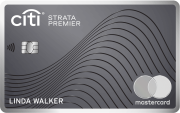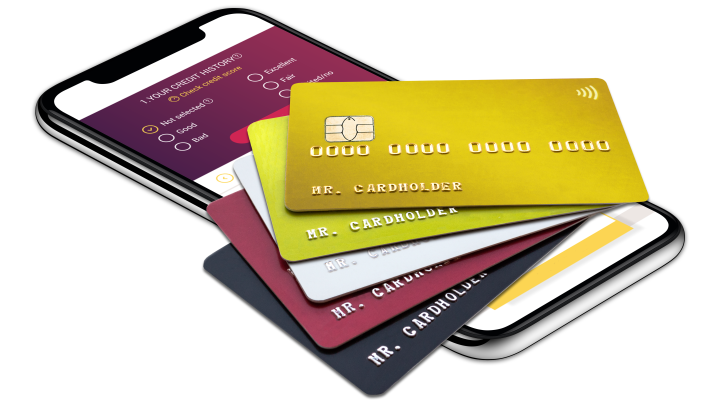The content on this page is accurate as of the posting date; however, some of the offers mentioned may have expired.

If you have already got accustomed to the conveniences your credit card gives you, such as going cashless and paying for things and services any time, anywhere, then a comparatively new technology - contactless credit cards - is sure to win your acclaim. In 2005 American consumers were first offered contactless payment devices and since then their popularity has been growing.
There are a number of factors that determine the growing recognition of the contactless payment system among customers and financial institutions concerned analyze and add them to their armoury to improve their financial services. Contactless credit and debit card services are expected to work up the market and there is a solid background to maintain that.
If you are a customer of American Express, Citibank, Bank of America or Chase bank, you might have already been offered to try the non-swipe convenience with your plastic. If yes, what did you feel during the transaction process? What advantages or maybe drawbacks did you discover in the non-swipe system?
An independent survey conducted in 2006 reveals consumers' attitudes to contactless payments which they had already tested or were going to do it. It should be noted that the opinion and attitude of each particular respondent depended on his/her level of credit education and the experience of actual use of the new technology.
It appeared that the more educated and experienced a cardholder was, the more easily he/she ventured to make high-value purchases through the contactless payment system. Wise customers realize the fact that using a no-swipe credit card reduces instances if credit card fraud and ID theft.
Inversely, those customers, who do not quite understand how payment transactions are performed, do not risk putting expensive purchases on a non-swipe plastic. However, once a customer is properly informed and has a chance to try contactless payment device, it becomes an easy sell.
The survey also showed where customers preferred to pay for things and services through the contactless payment system. These are the markets where transactions are lower in value or imply earning rewards like cash back or point rewards for using a credit card.
Armed with all these data on consumers' attitudes and general tendencies, financial institutions meaning to introduce the contactless payment system on the continuing basis can be a great success. But to make sure that they really will, banks, credit companies and other institutions went on research.
It appeared that along with contactless credit and debit cards, customers reported using other forms of contactless devices - mobile phones and key fobs. Surprisingly, almost all merchants knew how to employ different contactless devices, which is a significant sign of their widespread use.
All in all, the results of the survey prove that there is a large and promising market for the use of contactless payment gadgets. A great number of American customers feel like adopting such payment system because it is more convenient and safer in use.
The feeling of having control over the transaction, when you do not have to hand your credit card over to someone else for processing, also develops to a customer's loyalty to the new payment system.
If the existing tendencies persist, we are very likely to see general acceptance of the non-payment device on the credit and financial markets.





